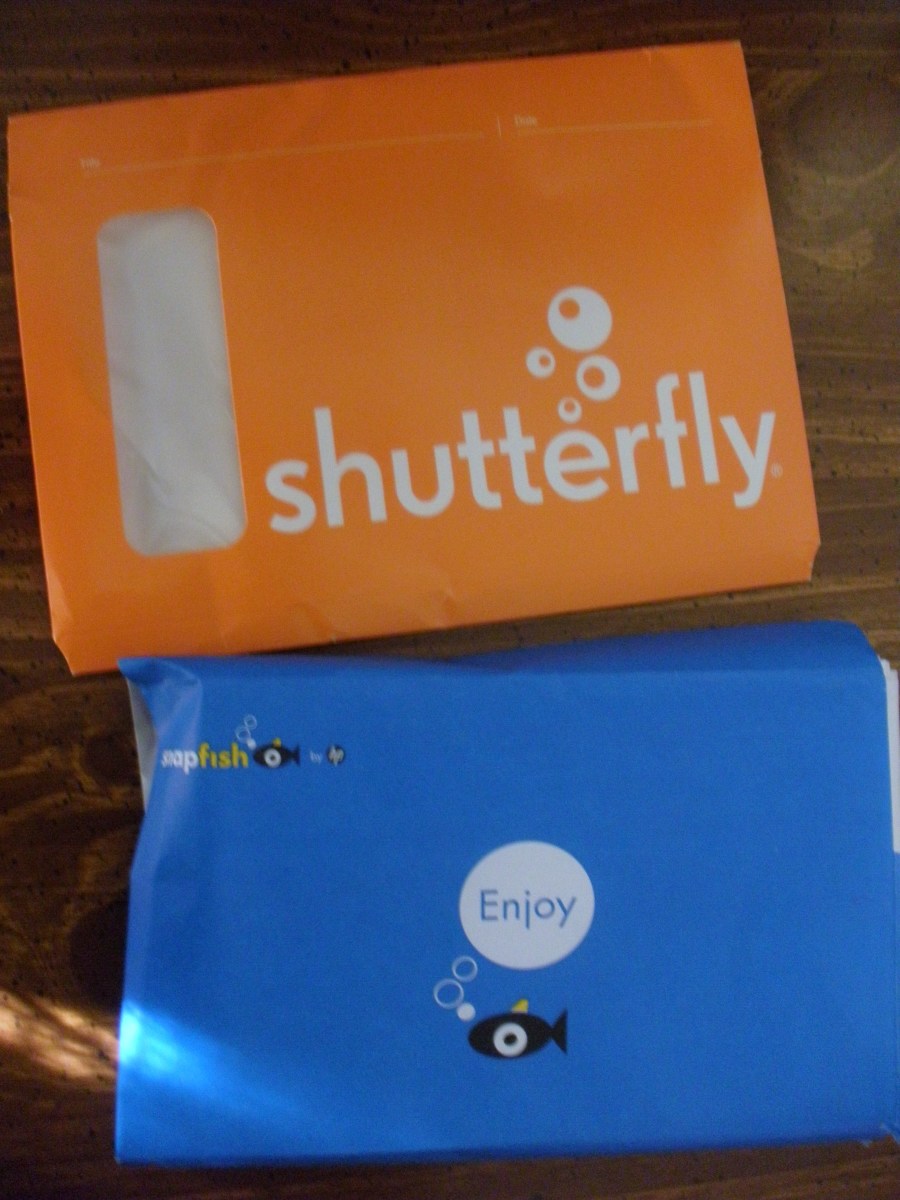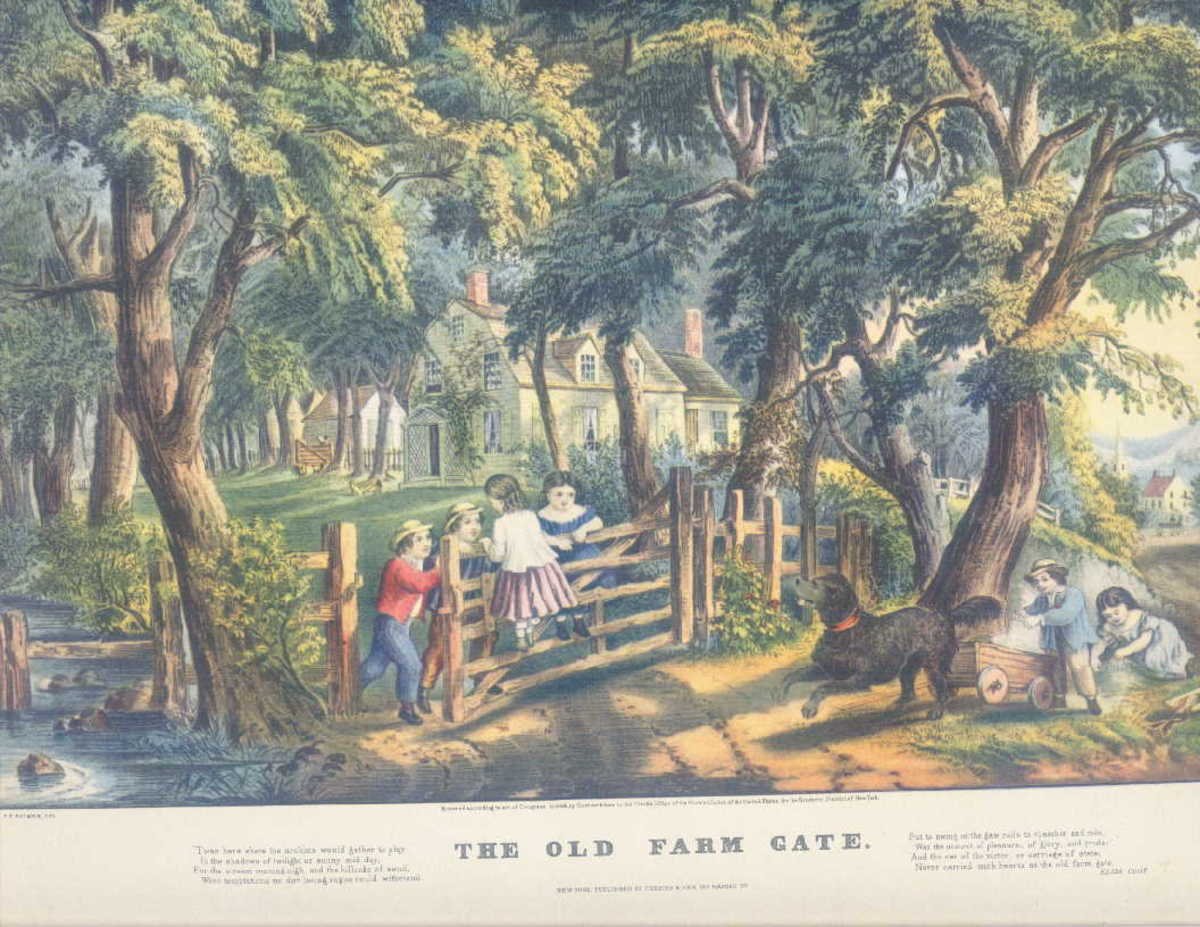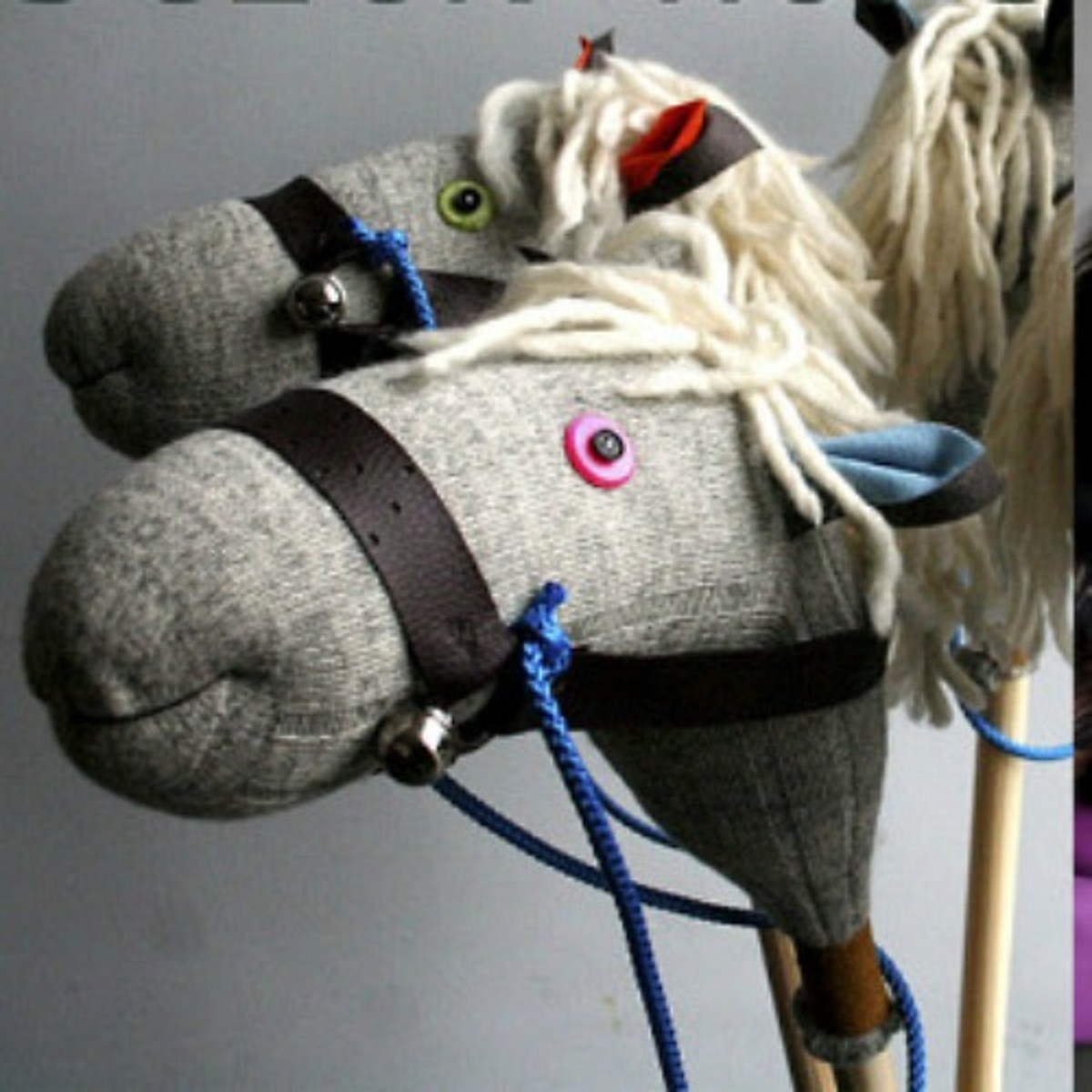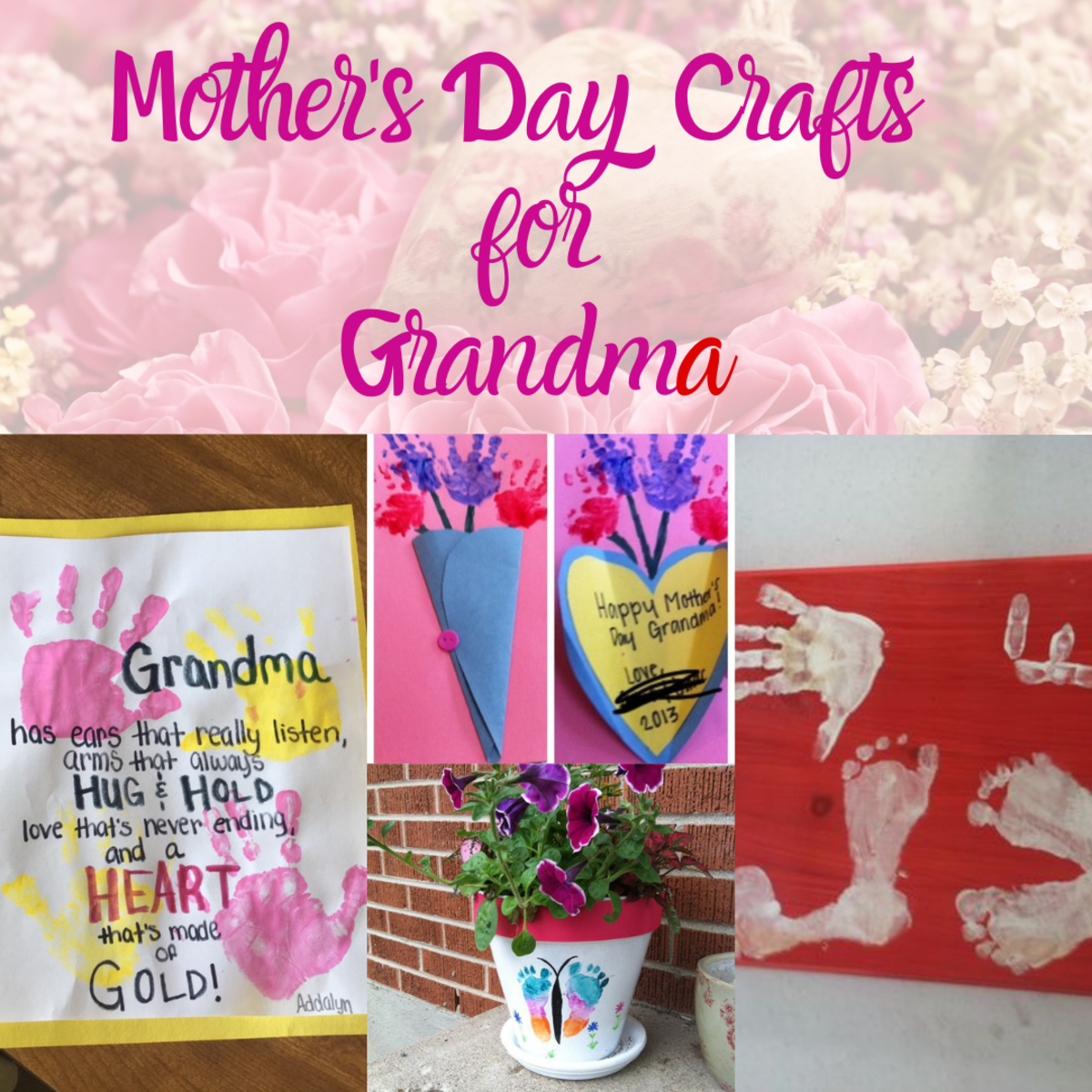How To Know If You're Ready To Make Prints Of Your Artwork
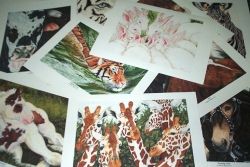
How To Know When To Make Prints of Your Art
So you're thinking about making prints of your artwork, but you're just not sure whether to go ahead and take that big leap of faith or not.
As an artist we all want to increase our sales and making prints of our work is a wonderful way to make that happen. That being said there are definitely some questions you should ask yourself before jumping into the art print market.
This lens has been created to give you some things to think about and ways for you to determine if now really is the right time and if you are really ready for all that entails with getting into the print market with your work.
Topics Covered On This Page Are:
Definition Of The Word Print
When NOT To Make Art Prints of Your Work
When You Should Make Art Prints of Your Work
The Difference Between Giclee Print and Lithograph Print

All copyrights are retained by the artist,
Mona Majorowicz of Wild Faces Gallery.
The artwork or content in this lens may not be used or reproduced, either
in part or in whole, without the express written consent from the artist.

About The Author Of How To Know If You're Ready To Make Prints Of Your Art
Mona Majorowicz of Wild Faces Gallery
My name is Mona Majorowicz I am a professional artist who has been making my living selling my work for some time now. I have been in the art and framing industry for over 20 years not only as a business owner but also as a working artist.
I am an animal artist, (meaning I paint critters) who works primarily in Oil Pastel or Water Soluble Pencil. I own and operate Wild Faces Gallery with my husband Mike in a small rural town in Iowa. There we sell my original artwork and prints, as well as do quality custom framing and offer Giclee printing for other artists as well as for ourselves
I maintain a blog called Fur In The Paint, as well as write a regular column for the equestrian magazine Apples 'N Oats about painting horses.
Animals are my passion and art is how I chose to express it.
What is the difference between an Art Print and an Art Reproduction?
The proper use of the word print
Art Print vs. Art Reproduction
There is a bit of a furor around the word "print" when used as a descriptive for any artwork reproduction. Print has fallen into a common vernacular to define a product much in the same way Kleenex has. As a result it is used by both layman and professionals alike to describe artwork reproduction created by either offset lithography or giclee as well as those items which have always traditionally been considered prints.
There are some who think the word "print" should be used exclusively as a title regarding photography, relief woodcuts, intaglio (like etchings) lithography (not to be confused with offset lithography) and serigraphy. Each of these methods is considered an original work of art.
For the intents and purpose of this lens, (as well as my blog and websites) I use the word print as synonymous to the word reproduction. Perhaps it is because I grew up in the industry, during the decades when Limited Edition Reproductions where having a hay-day. And they (major printing houses) adopted the word "print" as a descriptive of offset lithographic prints, as did giclee later on. Whether right or wrong it is how I view it, and I use the word "prints" in a like manner.
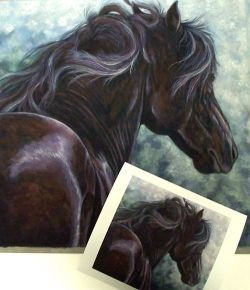
To Make Prints Of My Artwork or Not To Print.
Art Prints: The Big Question In Regards To Your Art Business
Wild Faces Gallery as a business, is made up of three parts. The bulk of the business is made from the sale of my artwork via art fairs, my collector base, website and ebay. The balance of income is divided between custom framing and our giclee (pronounced zhee-clay) printing house. For more information regarding our printing services please visit Wild Faces Giclee.
We do canvas and paper giclee printing, for ourselves as well as other artists. We have worked with nationally known artists as well as those first timers who are starting their journey to expand their sales by making their first print. Because of this I am asked constantly about whether or not I think an artist "should" make prints of their work. What they are actually asking me though, is do I think their work will sell. This is not the only question artists thinking of getting into prints should be asking themselves however.
So I've created this page to help address the most commonly asked question regarding printing, "should I make prints of my artwork?" This really is a question that every artist must answer for themselves. But I've compiled several topics for you to ponder which may help you decide.
An Art Marketing Book Worth Reading - How To Profit From The Art Print Market

When NOT To Create Prints Or Reproductions Of Your Art
To Print or not to Print.
Being I run a Giclee printing house you'd probably think that I believe everyone should make prints of their work. Well I'm also a working artist and my main motivation is to see that artists succeed in their endeavors. And while I would never tell anyone not to make prints of their art, I do believe that they should be prepared for what it all entails in an effort to see that they are successful.
To that end here's a list of reasons to consider not making art prints of your work. If you have issues with any of these thing you should reconsider your art print marketing strategy.
When Not To Make Art Prints
If your originals aren't garnering interest ...
then why do you think your prints will? (Hone your craft or find out why your work isn't moving.) This is perhaps the hardest one to take because it indicates that there is something not quite marketable about your art. However it is best to find out if the image is marketable as an original than after having invested in getting art prints made.
Sure it's a great painting, but can you sell it over and over again?
Does your work have a broad appeal? Is your work commercial enough or is it too esoteric to be sold en masse. This is one of those questions that is more about whether you should do an open edition art print or poster or limited edition art print. Traditional offset lithography often leaves you with a minimum of 1000 art prints. Can you sell a 1000 art prints? Giclee however allows you to print as few as 1. Once you determine the marketablility of your image you can move forward with art prints of your work.
Do you have a marketing plan, and the ambition to implement it?
The build it and they will come mentality, will not work here. Artwork will not sell itself in your closet or under your bed. You must have a plan of action in regards to marketing your art prints or you will not be very successful in your artistic endeavors.
And finally
The glory days of prints being seen as an art investment are pretty much over. Indeed there is a great deal of discussion about whether to even produce limited edition art prints or just run everything as an open edition. Be sure you see prints for what they are, a more affordable copy of your work, created for volume sales.
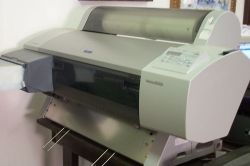
When You SHOULD Create Prints Or Reproductions Of Your Art.
You're Now Ready To Enter The Art Print Market
When You Should Make Art Prints
Your originals are outselling your ability to produce more work.
You have a great painting that you don't want to sell but have a ready market or buying interest in it. This is a tricky one because people will often say they want prints but may change their mind when the time actually comes. A good way to handle this is to take orders accompanied by a down payment. This can also sometimes pay for or at least defray some of the initial production costs.
A customer commissions an original work and then wants multiples for friends and family.
As a fund raiser. We have helped many individuals as well as organizations turn artwork into a fundraiser through print sales. This is a great option to do some good for a worthy cause as well as get your work before the public.
Okay So You Think You're Ready To Make Prints
Here's a few benefits that come from selling your art as reproductions
Creating art prints is what took my art from an extra income hobby to a full time business for both my husband and myself. Prints allow you to appeal to a broader audience by making art that more people can afford. Not everyone has the money or inclination to pay out 5 figures for an original painting. Prints open up this market for you.
Prints can cultivate collectors. People may buy a print or two for a few years then step up to an original. This has happened more than once for me. In fact I have sold an original to someone who had purchased a note card. She had it hung on her fridge for over a year, then returned for the original. This happens because having your print in their house is a daily reminder of you and your work.
Most Importantly! It will expand your earning potential per image substantially. Most of my paintings take several weeks to complete. Add to that, the day to day running of the gallery. I can only get, (If I'm lucky) a dozen originals out a year. Though they fetch reasonably high prices, that alone just isn't enough to pay the bills. By creating prints a couple thousand dollar painting can in it's lifetime of print sales make that one image earn you considerably more.
The Two Most Common Types Of Prints Used For Reproductions
Offeset Lithography Art Prints & Giclee Fine Art Prints
Offset Lithograph
An Offset Lithograph is the most common form for reproduction of artwork, (though giclee's are gaining on it every second.) These in large part are the type of prints you would find in print galleries and produced by major printing houses like Hadley House. Though even Hadley House is offering some giclee's now.Offset lithography is a mechanized process where the image to be reproduced is printed photographically to a metal plate, that is mounted onto the roller of a printing press. Ink is applied to a plate, transferred to a rubber roller called a "blanket" and from the blanket onto paper. Offset Lithography is one of the most widely used methods of printing.
Giclee
Giclee is pronounced zhee-clay (urm . . . think Zha-zha Gabor, only with an "e." Instead of Zha say Zhee. It might help put you in the mood, if you attempt to fake her accent. Yes, that's it my daaarlings)Giclee is the type of printing we do at Wild Faces Gallery.The simplest explanation is, it is a digital process of high resolution scanning, color correction and storing of information. The prints are then created using a special large format inkjet printer that produces high quality prints, using archival inks and acid free papers.
The term Giclee was coined in 1990s and has it's origins from the French word gicler. The literal translation is "to spurt or spray"
A story about the origin of the term Giclee
I have a story about the origins of the term but since I cannot find or remember from whence this story comes (I think perhaps Décor magazine though I also checked wikipedia to no avail.) you must consider it gossip.
The reason they came up with the word giclee is that the guys who were going to introduce this printing method at an expo in the 90's, wanted something more exotic to call the process other than what is it, an inkjet print. And so the Giclee printing process was born (or rather coined.)
I think they succeeded admirably. I mean when you say Giclee, it sounds so mysterious and exotic. Now say it with me, only slower this time. "ggiicclleeeee." Oh la la, I feel like I should be sitting at a Cafe, while wearing a beret and smoking a cigarette.
In the early days, giclee prints didn't have the best lightfast quality and the art prints were delicate to handle (they would run if they got wet and they scratched easily) But the technology has improved dramatically. And now depending on which printer you have, as well as ink and paper combinations, most art prints will outlive you if cared for properly. Professional quality Giclee art prints are archival, water resistant, and durable with amazing amounts of detail showcasing every brush stroke of the artist.
Giclee Printing vs. Offset Lithography Reproductions
The benefits of each type of art print
The Giclee printing method is best with smaller editions of art prints or when you are uncertain if the image will be a good seller. You can choose to get only a handful of reproductions to see how well they will sell. And when they do sell, you can order more. With giclee printing there is no big financial hit, where you spends thousands of dollars and get thousands of images, and hope you sell enough to cover your costs.
Offset Lithography Is good when you know you want 1000 or more art prints. This mechanized process makes larger quantities easier and cheaper on a per print basis.
The truth is, even after all these years selling my artwork, I still don't know which images will sell and which will languish. I can't predict a successful selling print anymore than I can predict this weeks winning lotto numbers. Giclee printing allows me to print a few and see what happens.
A Few More Books On Marketing Art and Marketing Prints
The Wrap Up On Art Prints
So Are You ready To Make Art Prints Of Your Work?
I think anyone is capable of success in the art print market, if they have the right attitude, and the ability to follow through.So there you go. Be honest with yourself and your abilities both as an artist and as a business person.
In my opinion being successful with prints is far more about your ability to sell, than it is about being the best artist out there. Quality of work definitely matters. And I believe an artist should always strive for improvement and growth. But in the terms of "making it" or not, it's your ambition and perseverance that will get you the farthest.
Have you had a print of your artwork made? If so were you happy with the quality? The sales?
Are you thinking of getting prints made? If so do you have any questions that were not addressed in this lens?




